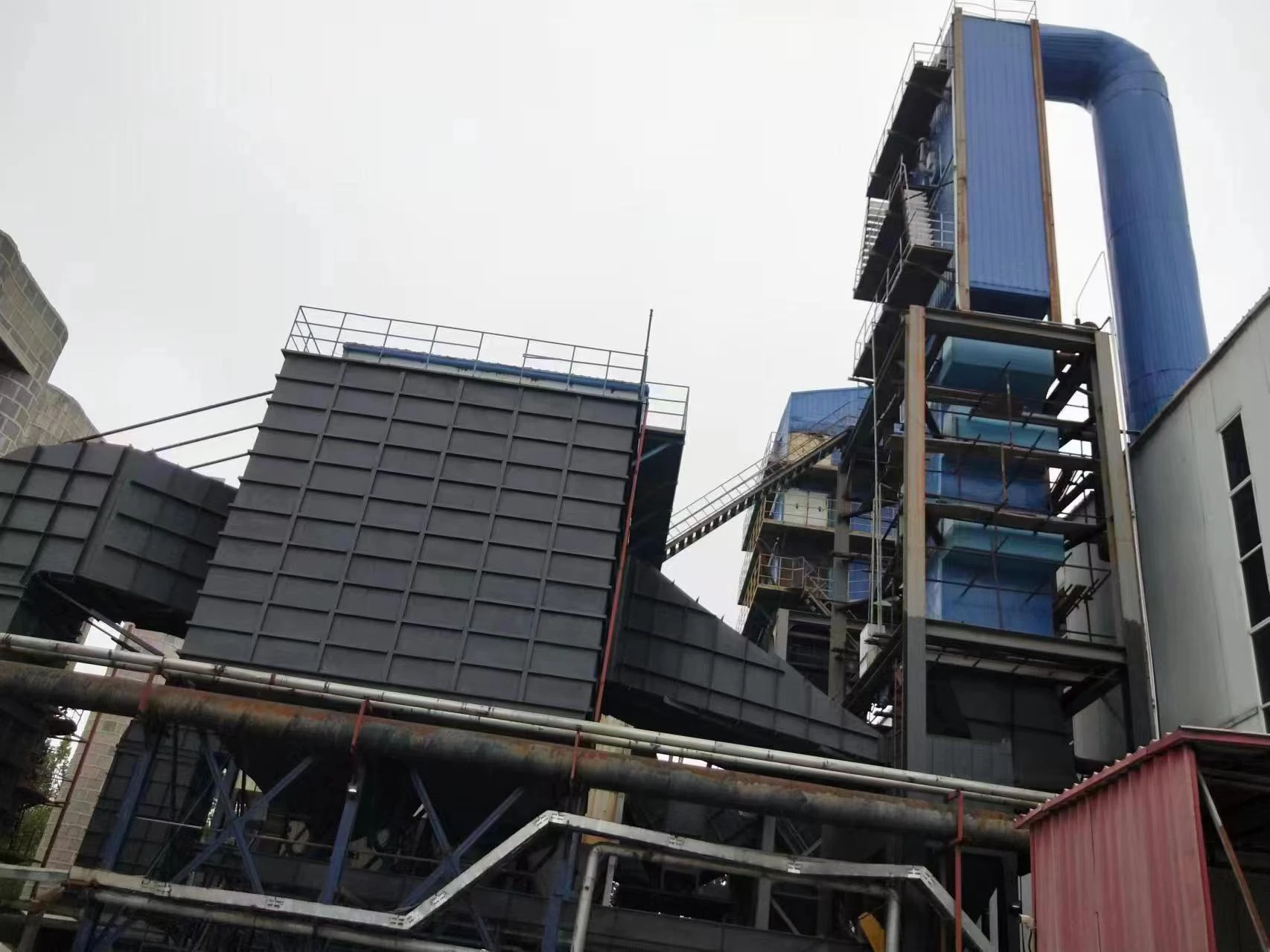
11월 . 16, 2024 03:28 Back to list
what are the 3 types of boilers
Understanding the Three Types of Boilers
Boilers have been an essential part of heating and hot water systems for residential and commercial buildings for many years. They primarily function by converting fuel into heat, which is then used to produce hot water or steam for various applications. Understanding the different types of boilers is crucial for selecting the right one for your specific needs. There are three primary types of boilers conventional, combination, and system boilers.
Conventional boilers, also known as regular or traditional boilers, are commonly used in many older homes. They consist of two tanks a cold water feed tank and a hot water storage tank. The cold water tank is typically located in the loft or attic, while the hot water storage tank is usually placed in an airing cupboard.
Conventional boilers work using a simple principle. Cold water is stored in the cold water tank, from where it is fed into the boiler when needed. The boiler heats the water, which is then stored in the hot water tank until it's needed for use. These types of boilers are ideal for homes with multiple bathrooms since they can provide a large volume of hot water at once. However, they require more space due to the two-tank system and may not be the most efficient option for smaller properties.
2. Combination Boilers
Combination boilers, or combi boilers, are increasingly popular due to their compact design and efficiency. They are a single unit that provides both heating and hot water on demand. Instead of relying on stored hot water, a combi boiler heats water directly from the mains supply when a tap is turned on, offering near-instant hot water.
what are the 3 types of boilers

This type of boiler is particularly attractive for smaller homes or apartments where space is limited, as they do not require a separate hot water storage tank. Moreover, since the water is heated only when necessary, combi boilers tend to be more energy-efficient, potentially leading to lower utility costs. However, one downside is that if multiple outlets (like taps and showers) are used at the same time, the water pressure may decrease, leading to a lower flow rate.
3. System Boilers
System boilers combine features of both conventional and combi boilers. Like conventional boilers, they store hot water in a tank, but unlike them, the system boiler has most of its components built into the unit itself, simplifying the installation process. This type of boiler is ideal for homes with higher hot water demand, and it can serve multiple outlets simultaneously without losing pressure.
The system boiler operates by drawing cold water from the mains, which is then heated and stored in the hot water cylinder. The heating system heats the radiators around the house as well, making it efficient for heating purposes. One of the significant advantages of a system boiler is that it maintains a constant supply of hot water, making it excellent for households with multiple bathrooms. However, its requirement for a hot water cylinder means it still requires some storage space.
Conclusion
Choosing the right boiler for your home requires careful consideration of your hot water and heating needs, available space, and energy efficiency. Conventional boilers are ideal for larger homes with high hot water demands, while combination boilers suit smaller spaces with limited hot water needs. Alternatively, system boilers offer a balance between efficiency and performance for medium to large households. Ultimately, understanding these three types of boilers will help you make an informed decision that ensures comfort and efficiency in your home.
-
Best Steam Boiler Design PDF Free Design Calculation & Diagram Downloads
NewsJun.10,2025
-
Hot Boiler Water Heater Efficient Heating Solutions for Home & Commercial Use
NewsJun.10,2025
-
Steam Boiler Safety Devices High-Quality Protection Valves
NewsJun.10,2025
-
Ultimate Steam Boiler Checklist for Safety & Efficiency
NewsJun.10,2025
-
Optimal Hot Water Boiler Temperature Setting Guide
NewsJun.10,2025
-
Effective Hot Water Boiler Chemical Treatment Protect & Maintain
NewsJun.09,2025
Related PRODUCTS






















